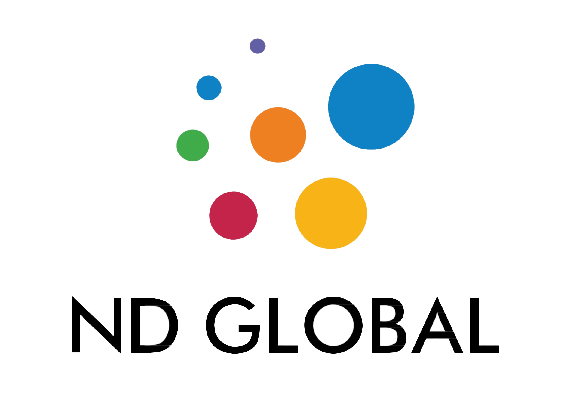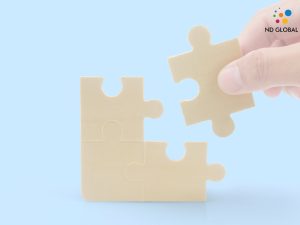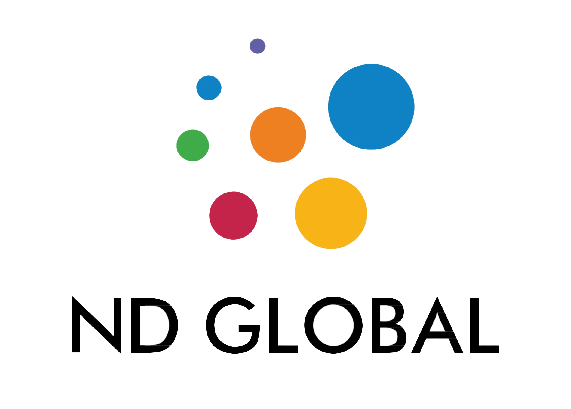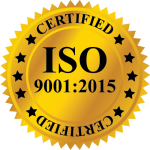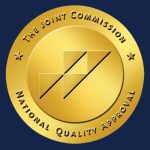Effective communication is one of the most essential skills for healthcare professionals. Clear, empathetic, and precise communication fosters better relationships with patients, enhances teamwork, and improves overall healthcare outcomes. As healthcare becomes more complex and patient-centered, improving communication is crucial for delivering high-quality care and ensuring patient safety.
This article explores practical strategies healthcare professionals can use to improve communication with patients, colleagues, and other stakeholders.
1. Develop Active Listening Skills
Effective communication starts with listening, not speaking. Active listening requires full attention, processing what the speaker is saying, and responding thoughtfully.
Tips for Active Listening:
- Maintain eye contact and avoid distractions.
- Nod or use verbal affirmations like “I understand” or “Go on” to encourage the speaker.
- Summarize and repeat key points to confirm understanding.
- Avoid interrupting the speaker, especially when discussing sensitive or emotional topics.
Active listening helps patients feel heard, builds trust, and reduces the risk of misunderstandings.
2. Use Simple and Clear Language
Medical jargon can confuse patients, especially those without a background in healthcare. Communicating complex information in simple terms ensures patients fully understand their condition, treatment options, and care plans.
Best Practices:
- Use layman’s terms whenever possible.
- Break down information into manageable pieces.
- Avoid using acronyms unless they are well-known (such as MRI or CPR).
- Ask patients if they need clarification or if they have any questions.
For colleagues, clarity ensures that care instructions are followed precisely and reduces errors.
3. Practice Empathy and Compassion
Empathy involves understanding and sharing the feelings of another person. In healthcare, showing empathy can significantly improve the patient experience and contribute to better outcomes.
How to Show Empathy:
- Use phrases like “I can see how that might be difficult for you.”
- Acknowledge patients’ fears and concerns without minimizing them.
- Offer reassurances when appropriate, but always be honest.
Empathy is also important when interacting with colleagues, as it fosters a supportive and collaborative work environment.
4. Tailor Communication to the Audience
Not all patients and colleagues require the same communication style. Adjusting your communication based on the individual’s needs ensures better understanding and engagement.
Tips:
- For pediatric patients, use friendly and age-appropriate language.
- For elderly patients, speak clearly and check for hearing or cognitive challenges.
- With other healthcare professionals, use precise and technical language where necessary.
Recognizing the audience’s needs and preferences builds stronger communication channels.
5. Improve Non-Verbal Communication Skills
Non-verbal cues often communicate more than words. Paying attention to body language, facial expressions, and tone of voice can enhance the quality of communication.
Effective Non-Verbal Strategies:
- Maintain an open and approachable posture.
- Smile and make eye contact to convey warmth and attentiveness.
- Avoid crossing your arms, which may appear defensive.
- Use gestures sparingly to emphasize important points.
Being mindful of your non-verbal cues helps convey empathy and respect.
6. Utilize Technology for Better Communication
Telehealth, patient portals, and electronic health records (EHRs) have become essential communication tools in healthcare. Proper use of these technologies can streamline communication and improve patient engagement.
Tips for Using Technology:
- Use secure messaging systems to communicate test results or follow-up instructions.
- Ensure virtual consultations are private, professional, and user-friendly.
- Train patients and colleagues on how to use digital tools effectively.
Technology should complement, not replace, personalized communication.
7. Provide Written Materials for Reinforcement
Patients often forget verbal instructions given during consultations. Providing written or digital materials reinforces important information.
Best Practices:
- Summarize key points in discharge instructions.
- Provide educational materials tailored to the patient’s condition.
- Use diagrams or visuals to explain complex procedures or conditions.
Written materials empower patients to take an active role in managing their health.
8. Engage in Continuous Professional Development
Improving communication skills is an ongoing process. Healthcare professionals should seek training and feedback to hone their skills.
Ways to Improve:
- Attend workshops on communication and patient engagement.
- Participate in simulation training to practice difficult conversations.
- Seek feedback from peers and supervisors to identify areas for improvement.
Continuous learning helps professionals stay effective communicators.
9. Master Conflict Resolution Skills
Conflicts may arise between healthcare professionals, patients, or families. Learning how to resolve conflicts effectively ensures a positive outcome for all parties.
Conflict Resolution Tips:
- Stay calm and maintain a respectful tone.
- Acknowledge the other person’s perspective.
- Focus on finding solutions rather than assigning blame.
- Involve a neutral third party if necessary.
Effective conflict resolution strengthens teamwork and builds trust with patients.
10. Build Strong Team Communication
Teamwork is critical in healthcare. Clear communication among team members ensures that everyone is on the same page and working toward the same goals.
Best Practices:
- Hold regular team meetings to discuss patient care and workflow improvements.
- Use standardized communication tools like SBAR (Situation, Background, Assessment, Recommendation).
- Encourage open dialogue and the sharing of ideas.
Effective team communication reduces errors and enhances patient outcomes.
11. Practice Cultural Sensitivity
In diverse healthcare environments, understanding cultural differences can improve communication and patient care.
How to Practice Cultural Sensitivity:
- Learn about the cultural backgrounds of your patients and colleagues.
- Be respectful of language barriers and religious beliefs.
- Use interpreters when necessary to ensure accurate communication.
Cultural competence fosters inclusivity and better health outcomes.
12. Verify Understanding (Teach-Back Method)
The teach-back method involves asking patients to repeat back the information provided to confirm their understanding.
How to Use Teach-Back:
- After explaining instructions, say, “Can you tell me in your own words how you will take your medication?”
- Clarify any misunderstandings before ending the conversation.
This method ensures patients comprehend and can follow through with care instructions.
Conclusion
Effective communication is a cornerstone of healthcare. By developing active listening skills, using clear language, showing empathy, leveraging technology, and practicing cultural sensitivity, healthcare professionals can significantly enhance communication with patients and colleagues alike.
Investing in these communication skills not only improves patient satisfaction and safety but also strengthens collaboration within healthcare teams, contributing to better health outcomes across the board.
